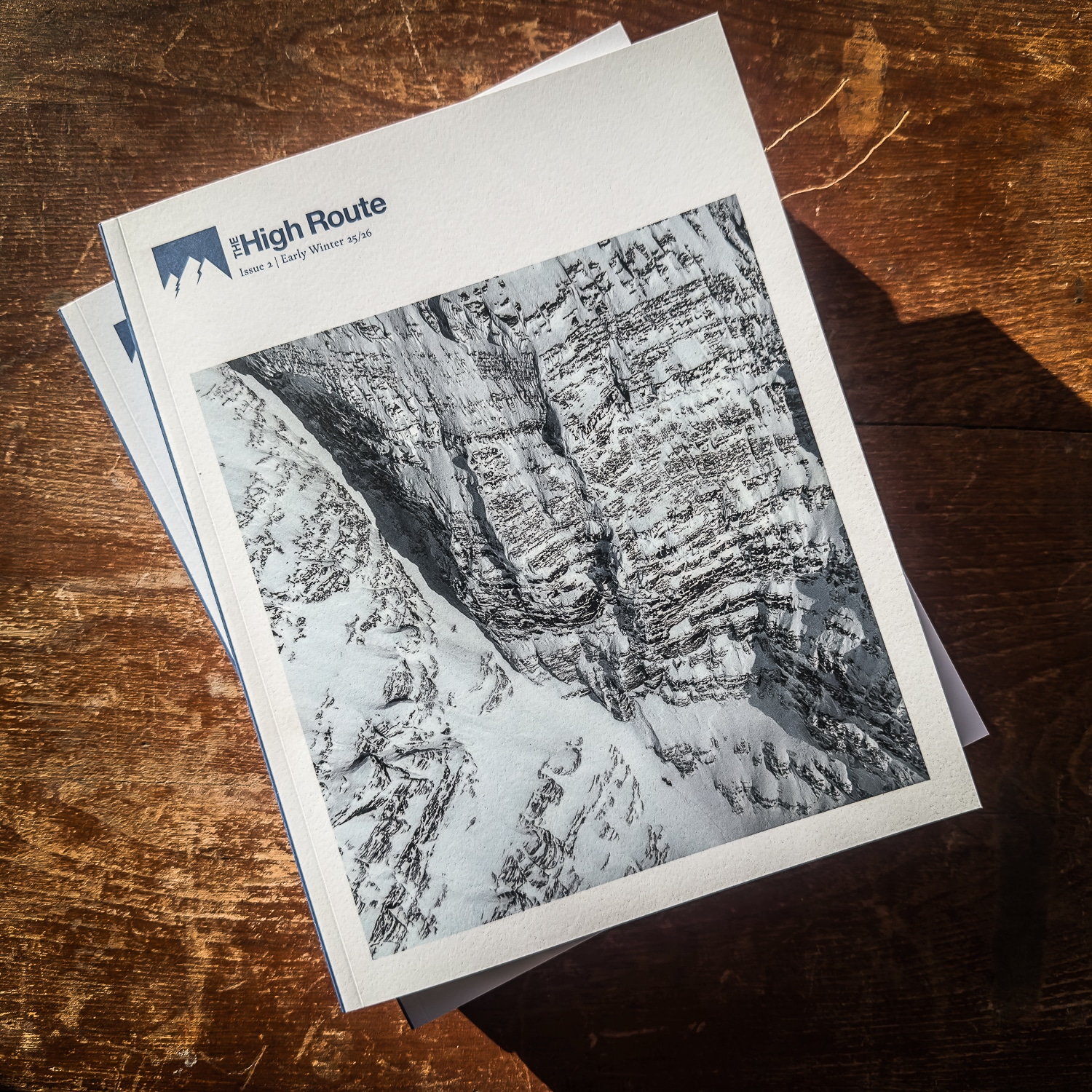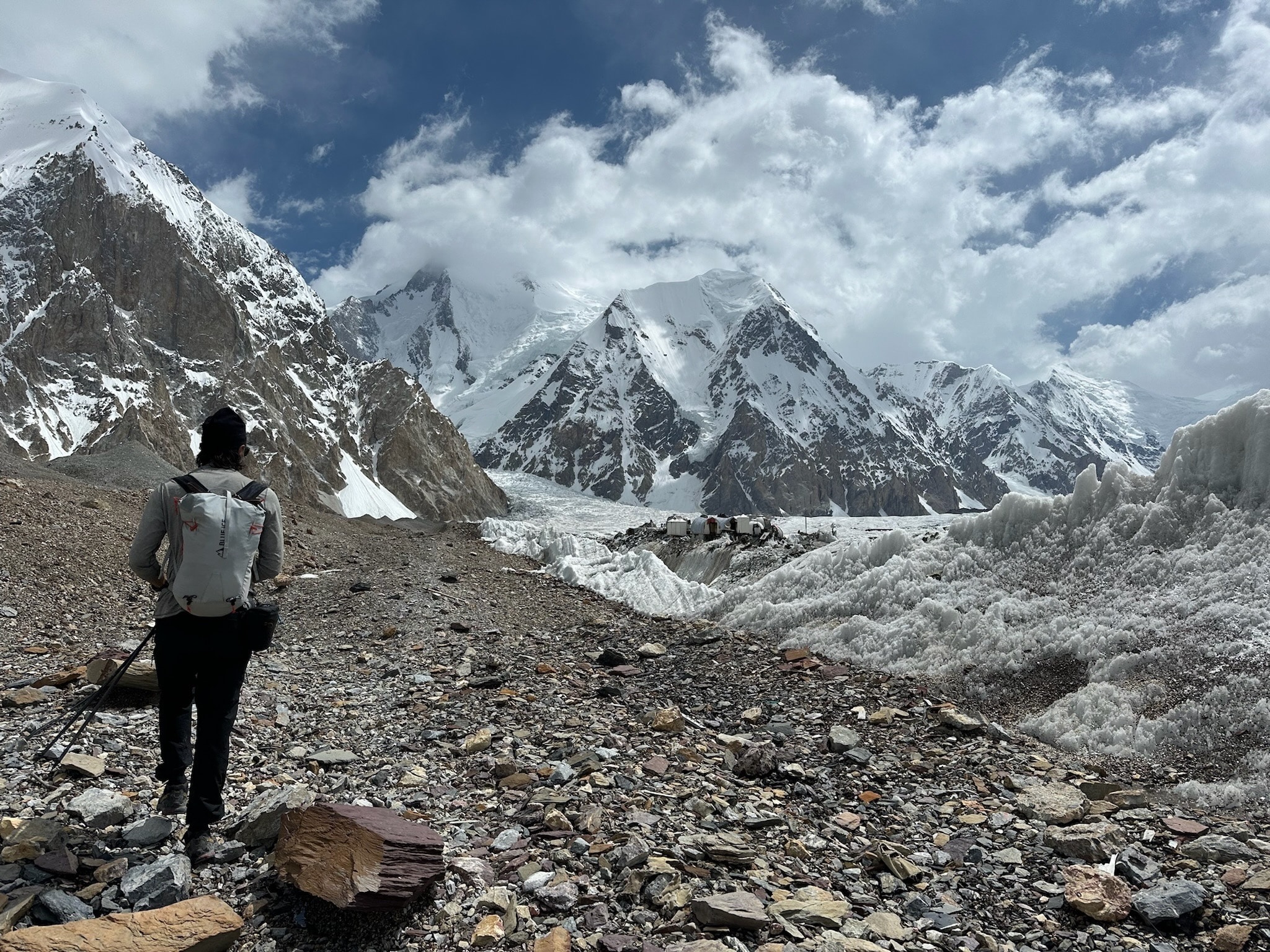Last week, we published a piece by Billy Haas titled “A Thought on Trends in Skier/Rider Avalanche Involvements.” In it, Haas is clear in his line of thinking and focuses on terrain selection and use as areas of improvement regarding avalanche avoidance. He also writes, “We need to examine how we operate throughout the winter and what improvements we want to make next year.”
As an early June heat dome envelopes the PNW and sun cups, no doubt, form, it seems like a plausible time to designate now as “next year.” In other words, improving skills and decision-making should begin before your next tour.
I’ll start with a brief confessional.
I began the season eight months post knee surgery—I took on a rather aggressive rehab regime that had me skiing in November. For reasons of not wanting to hold anyone up, I did more solo touring than normal this year, probably on a ratio of 50:50. I want to think I made conservative decisions. On those days I toured with a partner; I’d also like to think our group decision erred on the side of safety and followed a logical sequence of planning, observations, and discussions. But is that true? I can think of a few instances (both solo and with a group) where maybe it wasn’t, and a false positive had me in a place I’d rather not be. Perhaps I got lucky a few times, and a beyond-30-degree slope held tight.
My “next year” reflection has me already considering the tools I’ll use to keep me focused and safe in the backcountry. For some, the AIARE Backcountry Decision Making Guide provides a fluid framework for one’s pre through post-tour debrief. The guide has been around in some iteration for years: we have an antiquated one sitting in the family snow study kit. The updated Decision-Making Guide correlates with the AIARE curriculum, and provides communication checklists, a decision making framework for reference, observation references, and pages for trip planning, detailing snow profiles, and debriefing your trip. New or old to the scene, at a minimum, the Decision-Making Guide is an excellent reminder of best practices—it will get you in a more focused mindset.
A study presented at the 2023 ISSW titled “The AIARE Backcountry Decision-Making Guide: An Exploratory Study of When, Where, and How it is Used” provides insight into how our community is and isn’t using this tool. Further, the findings will allow field book designers to make supplemental modifications to future versions of the guide.
Some basic findings from the research are:
- There were 622 respondents.
- A low number of respondents stated they were unfamiliar with the AIARE decision-making guide.
- 43% (267) of respondents completed an AIARE avalanche rescue course. 85% (530), 34% (210), and 9% (56) completed an AIARE Rec 1, Rec 2, and Pro 1 avalanche course, respectively.
- 67% (415) identified as recreationalists, while 19% (119) identified as snow, ice, or avalanche professionals, and 14% (88) identified as a “trained volunteer with leadership…responsibilities.”






Leave a Reply
You must be logged in to post a comment.